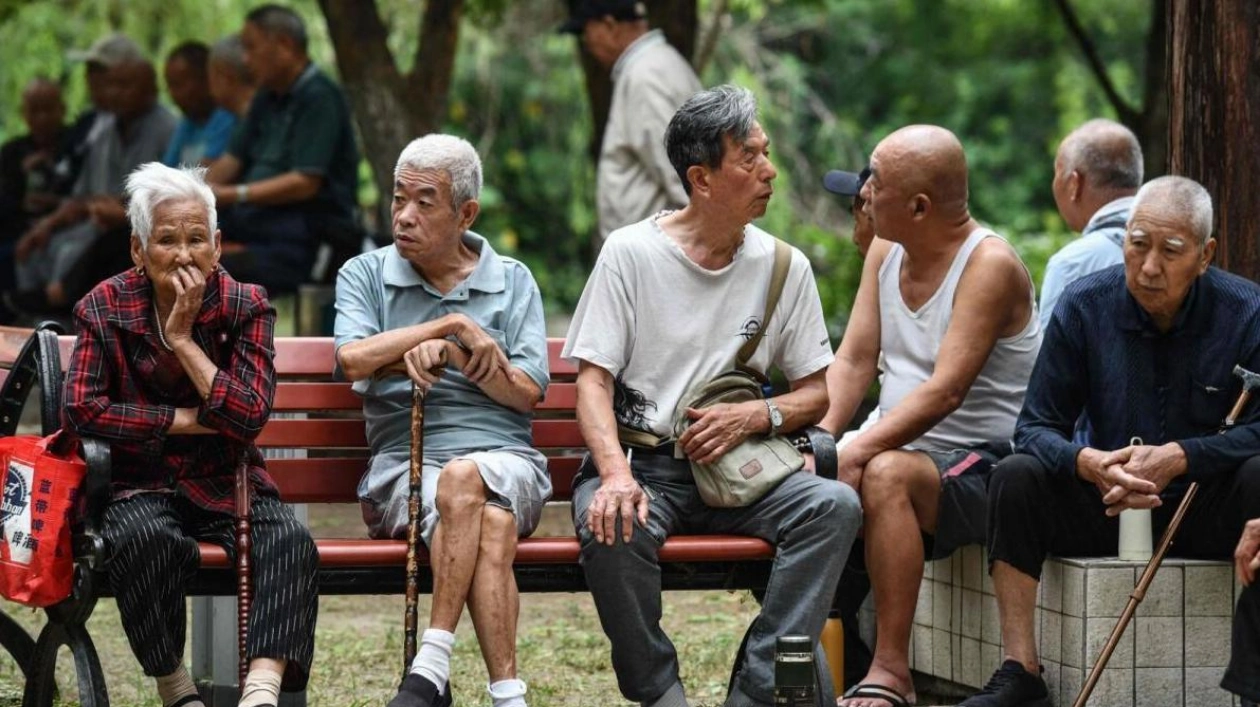China's decision to increase retirement ages marks the beginning of efforts to address significant pension shortfalls and support a dwindling labor force. However, economists and demographers warn that more challenges lie ahead as the economy continues to slow, necessitating further urgent reforms.
While aging populations are a global issue, China's situation is particularly acute due to the legacy of its one-child policy, which was enforced for three decades and has intensified its demographic issues. The number of births in China fell to nine million last year, and the United Nations predicts that the working-age population could decline by nearly 40% by 2050 compared to 2010 if fertility rates remain at current levels.
Both older and younger workers have voiced concerns about these changes as policymakers navigate disparities between rural and urban pensions, maintain public stability, and address high youth unemployment. 'They need to solve the pension problem now because this is when they still have some growth to finance the deficit,' said Alicia Garcia Herrero, Natixis' chief economist for Asia Pacific. China's economic growth rate has decelerated from around eight percent in the early 2000s to about five percent currently, and could drop to as low as one percent after 2035, she added.
In response to public anxiety, Chinese lawmakers expedited the policy in September without public consultation, altering retirement ages that had been in place since the 1950s. Life expectancy in China has increased to 78 years as of 2021 from about 44 in 1960 and is projected to surpass 80 by 2050. Chinese Premier Li Qiang described the reform as a 'significant move' to enhance China's social security system and 'better safeguard and improve people's livelihoods,' according to the Xinhua official news agency.
Nevertheless, China's state-led basic pension system faces substantial financial strain. Approximately one-third of China's provincial-level jurisdictions are operating with pension deficits. The Chinese Academy of Social Sciences estimates that the pension system will run out of funds by 2035 without reforms. Monthly urban pensions vary from roughly 3,000 yuan ($425) in less-developed provinces to about 6,000 yuan in Beijing and Shanghai. Rural pensions, introduced nationwide in 2009, remain minimal.
China's population of those aged 60 and older is expected to increase by at least 40% to over 400 million by 2035, equivalent to the combined populations of Britain and the United States. Migrant workers, who typically receive inadequate pensions, continue to work into their later years, unlike state-sector employees with more generous government pensions who have less incentive to delay retirement.
The contribution period required to receive a pension in China will extend to 20 years from 15, starting in 2030. Expanding the contribution timeframe further, particularly in the context of the current gig and informal economy, could make it more difficult for many blue-collar workers to qualify for their pensions, according to Stuart Gietel-Basten, professor at the Hong Kong University of Science and Technology.
The initial fiscal impact of raising retirement ages is likely to be modest because the increases are largely voluntary, said Ernan Cui, China consumer analyst at Gavekal Dragonomics. 'Raising the retirement age may entail only a limited fiscal gain for now...The coming increase will effectively be optional for many workers, though the increase in the minimum contribution period to obtain a pension will not,' she noted.
John Wang, an analyst at Moody's Ratings, cautioned that the new legislation could pose social risks due to China's demographic challenges and income disparities. 'Successful implementation of China’s retirement age reforms will depend on managing risks...such as the skill set of the elderly population, the available jobs and their adaptability to developments in technology and innovation.'






